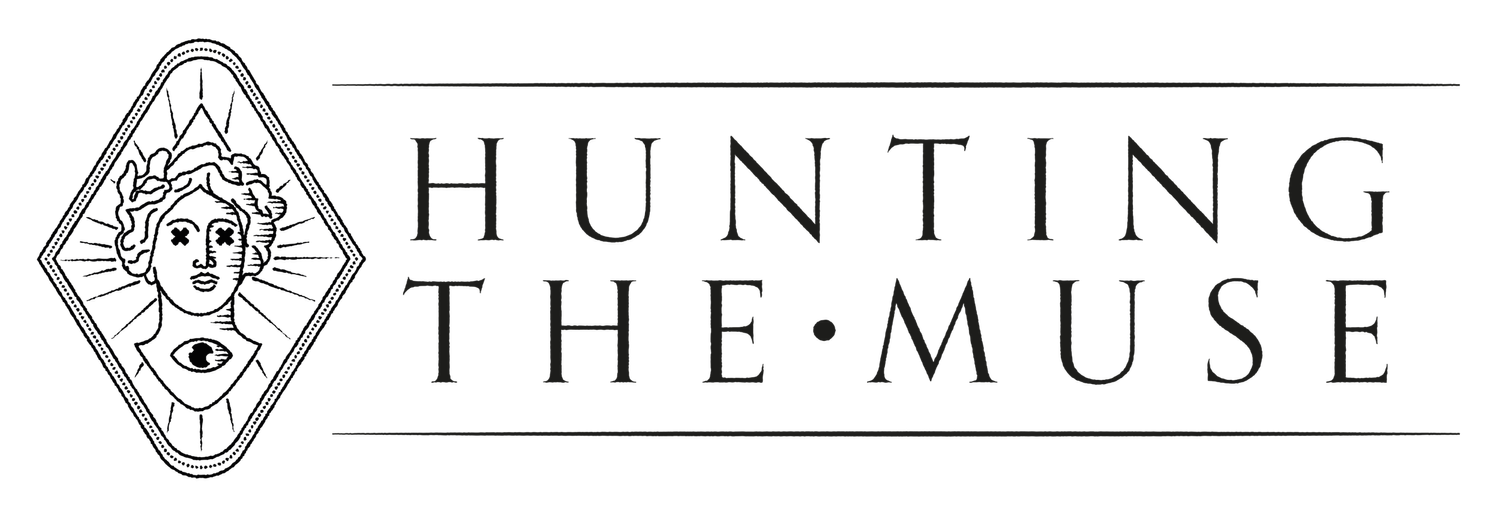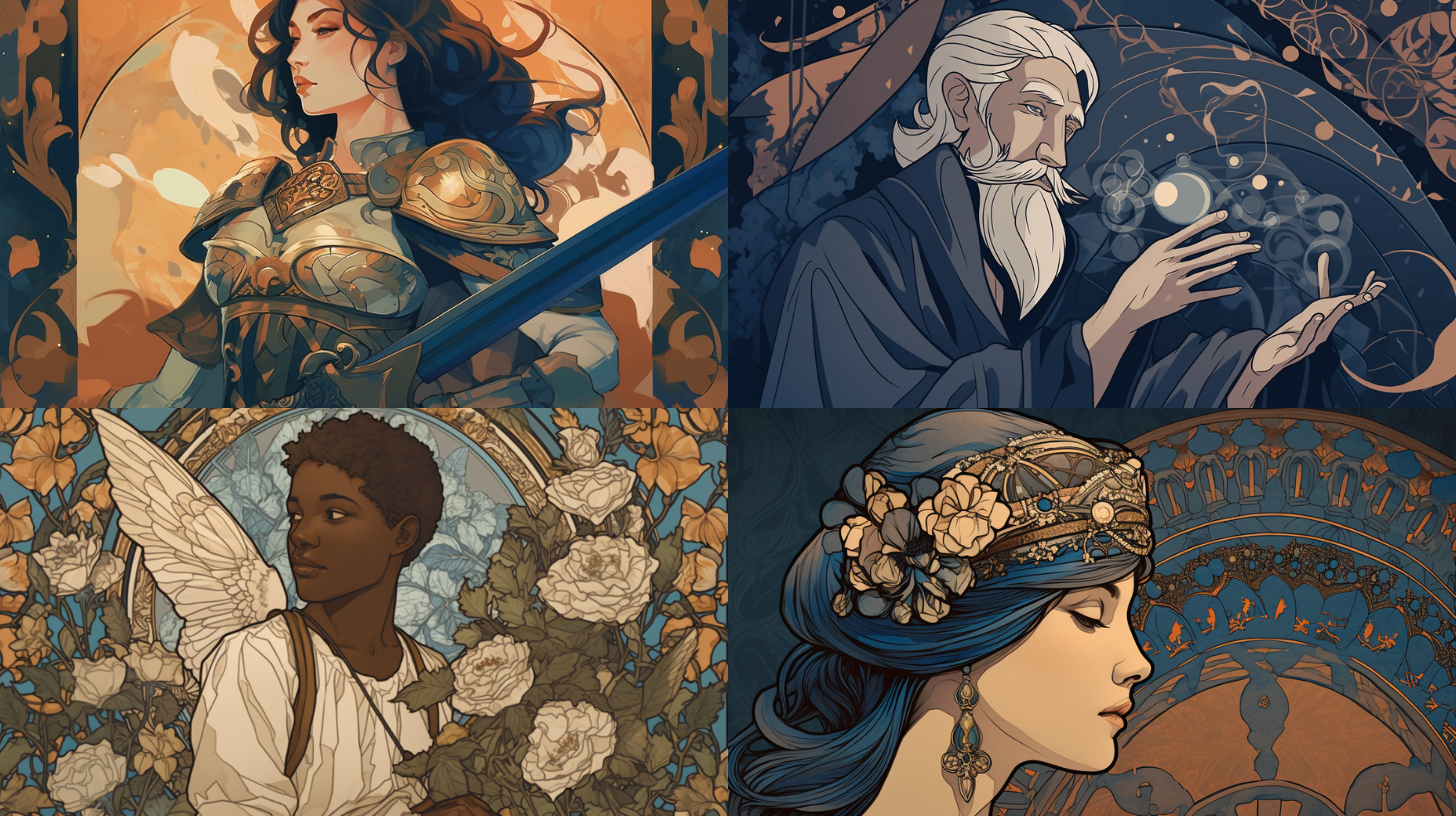The 12 Archetypes: The psychology of creating original characters and brands
“So what do you think?” I said.
She passed back the story, covered in red and black notes.
“It’s great. And interesting,” she said.
I waited.
“But…?”
She sipped coffee and prepped her response.
“One of the characters evolves in the story. But the other… his role is inconsistent,” she said. “If you’re not sure who he is then the reader doesn’t know either.”
Sage advice from my friend. By not giving my characters clear roles in my fiction, they were not popping off the page or connecting with the reader.
One tool to give our characters depth and universal appeal is the twelve archetypes. In this article, I will cover the twelve archetypes discussed in popular culture and how to use them to create original characters, brands, and storytelling.
The origin of Carl Jung’s archetypes
The term “archetypes” was first applied to ideas of psyche and mind by psychologist Carl Jung.
Jung believed archetypes are the energies that shape how we think, feel, and interact with the world.
They derive, according to Jung, from the collective unconscious—a part of the mind that contains universal and inherited memories, symbols, and experiences.
Here are some of the archetypes Jung covered:
The Self: The unified unconsciousness and consciousness of an individual.
The Persona: The mask or the outward face we present to the world.
The Shadow: The unconscious part of the personality, including repressed instincts.
The Anima and Animus: The male and female aspects of our unconscious.
Jung’s model of the psyche, and how archetypes interact with inner and outer worlds.
As far as we know, Jung did not believe in twelve archetypes and never made a comprehensive list. Since archetypes are unconscious thought patterns, there’s not likely to be a confirmed number of them.
The idea of twelve archetypes comes from the work of Carol Pearson, a Jungian scholar, and her book, “Awakening the Heroes Within: Twelve Archetypes to Help Us Find Ourselves and Transform Our World” (1991).
The twelve she developed aim to give a more practical understanding of archetypes that you can use to shape your stories, characters, and brands.
The 12 archetypes (and their four cardinal orientations)
Below are definitions of each of the twelve archetypes, as well as brands and characters that serve as examples. Bear in mind that a character may ‘access’ many different archetypes throughout a story.
The twelve archetypes are broken down into four cardinal orientations:
Structure – Provides order to the world.
Journey – Yearns to realise a sense of paradise.
Legacy – Makes an impact on the world.
Connection – Strives for belonging and connection with others.
Archetypes that provide structure to the world
Creator: Strives to realise a vision with imagination and invention. Example brand: Lego.
Ruler: Creates order from chaos. Example brand: Microsoft.
Caregiver: Protects and cares for others. Example brand: UNICEF.
Archetypes that embark on a spiritual journey
Innocent: Seeks happiness, optimism, and youth. Example brand: Nintendo.
Sage: Seeks to mentor others with their wisdom. Example brand: Google.
Explorer: Yearns for freedom and adventure. Example brand: Red Bull.
Archetypes that desire to leave a legacy
Rebel: Questions authority and seeks revolution. Example brand: Harley-Davidson.
Magician: Aims to make dreams a reality and transform the world. Example brand: Disney.
Hero: Aims to prove worth through courageous acts. Example brand: Nike.
Archetypes that seek connection and belonging
Everyman: Wants to belong and connect with others. Example brand: IKEA.
Jester: Lives in the moment with joy and humor. Example brand: Old Spice.
Lover: Desires intimacy and passion. Example brand: Chanel.
How archetypes can be used in fiction, branding, and life
Whether you're crafting a novel, building a brand identity, or navigating your own life journey, understanding these universal patterns can make a difference. Let's dive into how you can harness the power of archetypes in fiction, branding, and everyday life.
Using archetypes in fiction writing
Archetypes help make fictional characters more relatable so they resonate with readers.
As Kurt Vonnegut once said “Every character should want something, even if it is only a glass of water.” Archetypes help writers understand the motivations behind each character. For example, the sage is unlikely to speak to the hero, or have the same advice, as the rebel in your story.
When we read fiction or watch a movie or TV show, we like to see ourselves in the characters. By grounding characters in archetypal roles, you help the audience forge a deeper emotional connection with your characters by using a timeless pattern that is familiar and fresh.
Star Wars and Harry Potter borrow from the same archetypes and structure to feel timeless.
Using archetypes in branding
Archetypes are a way for brands to differentiate themselves from the rest of the market. At some point, a brand has used an archetype to influence how you relate to it.
You drank a Red Bull before snowboarding because you associate Red Bull with adrenaline and high performance.
You bought tickets to Disneyland because you want to feel a child-like magic with the world around you.
In the 2001 book The Hero and the Outlaw: Building Extraordinary Brands Through the Power of Archetypes, Margaret Mark and Carol S. Pearson write:
Archetypes are the heartbeat of a brand because they convey a meaning that makes customers relate to a product as if it actually were alive in some way, they have a relationship with it and care about it.
When building a brand, use the archetypes as a tool to understand how you want to be perceived.
You then use these archetypes to inform
Copy and messaging: How you express the brand, and how that appears in your website assets and ads.
Content and communication: The expertise you bring to market and the unique content you share.
Mission and values: The journey of your brand and the problems you solve.
Using archetypes for self-reflection
Archetypes can be a powerful aid for our mental, emotional, and spiritual growth.
By studying and journaling on how the archetypes show up in your daily life, you can begin to understand how you are facing the world, as well as who you want to be.
One powerful tool I’ve used is the Masculine Archetype Deck from HeroRise, which gathers cards inspired by Robert L. Moore’s masculine archetypes in the book King Warrior Magician Lover (1991).
Understanding and using archetypes help us shape who we want to become.
Keen to learn more about these archetypes? Check out my interview with creator Isaac Cotec.
Bringing the archetypes into your journey
If I look back at what my friend said at the start of this article, she was pulling deeply from the sage to guide me, the creator.
And most days, if not every day, you will drop into one of the archetypes mentioned in this article and pull from it almost without realising.
When we notice these archetypes thread through all stories, through all creations, and through all brands, we can use them to shape our own.










